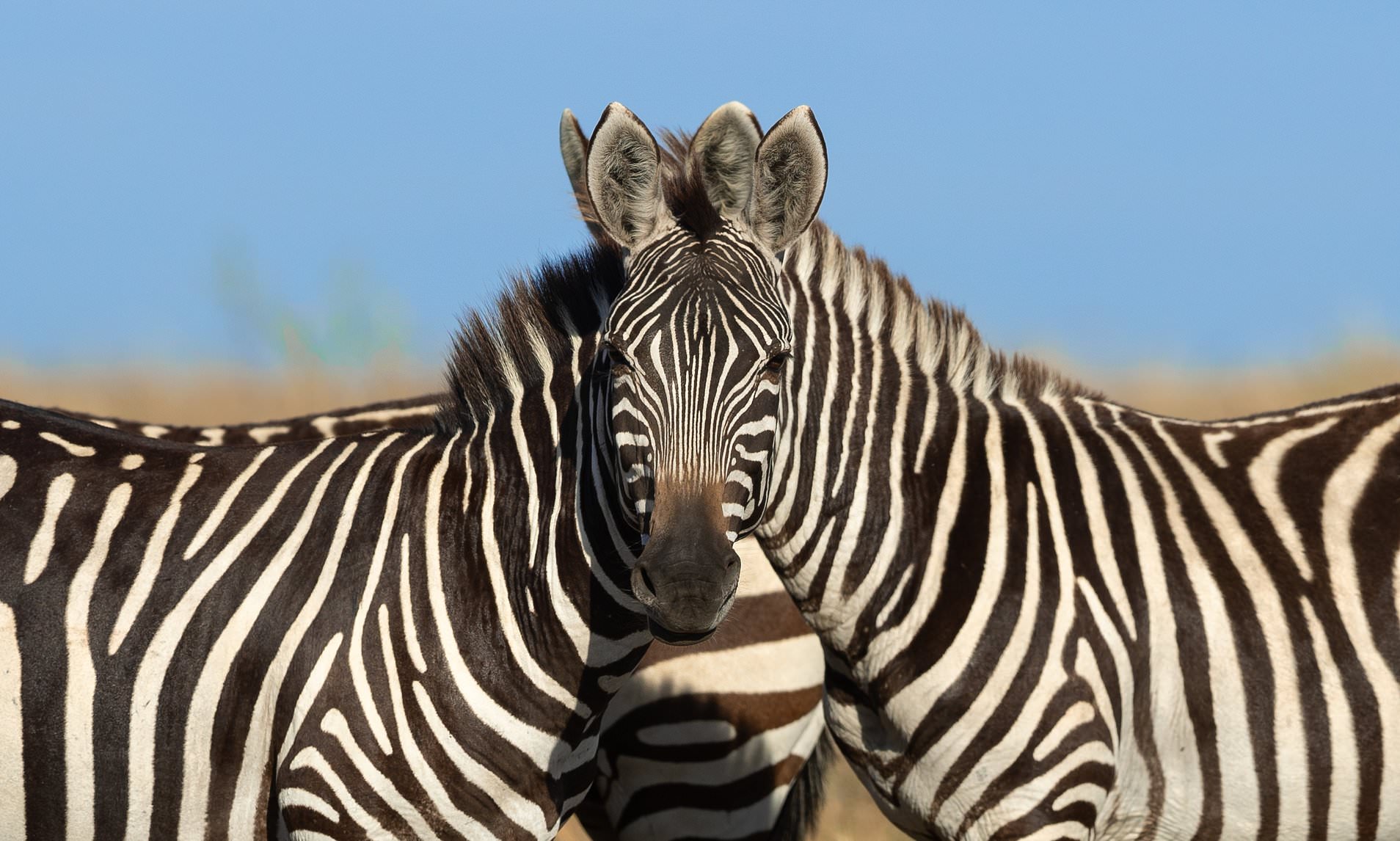Visual Perception Assessment: Understanding Personality Traits Through Optical Illusion Analysis
Introduction
Visual perception tests utilizing optical illusions have gained significant popularity across digital platforms, particularly those claiming to reveal personality characteristics based on initial image recognition patterns. One such assessment features a complex illustration that simultaneously presents multiple animal figures within what initially appears to be a human face silhouette. This psychological tool purports to identify individual personality traits or behavioral tendencies based on which animal figure captures the viewer’s attention first.
While these assessments lack rigorous scientific validation, they provide an interesting exploration into visual perception psychology and offer a framework for self-reflection and entertainment. This comprehensive analysis examines the methodology, interpretations, and psychological principles underlying these visual perception tests, while maintaining appropriate skepticism regarding their diagnostic validity.
Theoretical Foundation of Visual Perception Testing
Visual perception tests operate on the principle that individual differences in cognitive processing, attention patterns, and unconscious biases influence how we interpret ambiguous or complex visual stimuli. The psychological concept of “figure-ground perception” suggests that individuals may prioritize different visual elements based on their cognitive tendencies, emotional states, or personality characteristics.
These assessments draw loosely from projective testing principles, similar to the Rorschach inkblot test, where ambiguous stimuli are believed to elicit responses that reflect underlying psychological patterns. However, unlike standardized psychological assessments, viral visual tests lack empirical validation, standardized administration protocols, and reliable scoring systems.
Assessment Methodology
The standard administration of this visual perception test follows a straightforward protocol:
Step 1: Initial Observation Participants view the complex illustration for a brief period, typically 5-10 seconds, allowing for spontaneous visual processing without deliberate analysis.
Step 2: Immediate Recognition Individuals identify the first animal figure that captures their attention, noting this initial perception before conscious examination of other potential figures.
Step 3: Interpretation Review Participants review the personality trait or behavioral tendency associated with their initial perception, as outlined in the assessment framework.
Comprehensive Analysis of Animal Interpretations
Large Mammal Categories
Elephant – Cognitive Rigidity Individuals who initially perceive an elephant are characterized as demonstrating strong conviction patterns and resistance to perspective modification. This interpretation suggests a personality tendency toward steadfast beliefs and difficulty acknowledging alternative viewpoints. While loyalty and protective instincts represent positive aspects of this cognitive style, potential limitations include reduced adaptability and missed learning opportunities from diverse perspectives.
Bear – Comfort Zone Adherence The bear perception indicates preference for familiar environments and resistance to change-oriented experiences. This personality pattern suggests strong protective instincts and reliability, combined with potential limitations in exploring new opportunities or adapting to evolving circumstances. Individuals with this pattern may benefit from gradually expanding their experiential boundaries while maintaining their inherent stability.
Horse – Pride and Self-Reliance Initial horse recognition suggests elevated self-regard and difficulty acknowledging personal limitations or seeking assistance. This pattern indicates strong independence and courage, balanced against potential challenges in collaborative environments or situations requiring vulnerability and learning from mistakes.
Gorilla – Dominance Orientation Gorilla perception indicates strong leadership tendencies combined with potential challenges in collaborative decision-making. This pattern suggests natural authority and confidence, while highlighting the importance of developing empathy and active listening skills to maintain effective relationships.
Aquatic and Amphibian Species
Dolphin – Impulsivity Patterns Dolphin recognition suggests high creativity and social engagement, combined with tendency toward spontaneous decision-making without comprehensive consequence evaluation. This personality pattern indicates strong interpersonal skills and adaptability, while highlighting the potential benefit of incorporating strategic planning into natural spontaneity.
Whale – Emotional Withdrawal Initial whale perception indicates preference for introspection and conflict avoidance. This pattern suggests deep thinking capabilities and peace-seeking behaviors, while identifying potential challenges in emotional expression and direct communication during interpersonal conflicts.
Turtle – Excessive Caution Turtle recognition suggests methodical decision-making processes and preference for stability over rapid change. This cognitive style indicates strong analytical capabilities and risk assessment skills, while highlighting potential limitations in situations requiring quick adaptation or decisive action.
Reptilian and Cold-Blooded Categories
Iguana – Emotional Distance Iguana perception indicates preference for emotional regulation through distance and observation before engagement. This pattern suggests strong analytical skills and emotional stability, while highlighting potential challenges in forming intimate relationships or expressing vulnerability.
Snake – Strategic Manipulation Snake recognition suggests advanced strategic thinking and situational analysis capabilities, combined with potential tendency toward emotional detachment or manipulative behaviors. This pattern indicates strong problem-solving abilities while emphasizing the importance of maintaining ethical boundaries and empathetic connections.
Avian Species
Toucan – Attention-Seeking Behaviors Toucan perception indicates desire for social recognition and tendency to prioritize external validation. This pattern suggests strong charisma and social engagement skills, while highlighting the importance of developing authentic self-worth independent of external approval.
Duck – Emotional Volatility Duck recognition suggests emotional adaptability combined with unpredictable mood fluctuations. This pattern indicates emotional expressiveness and authenticity, while emphasizing the benefit of developing emotional regulation strategies for maintaining stable relationships.
Bird (General) – Commitment Avoidance General bird perception indicates strong desire for freedom and exploration, combined with potential difficulty maintaining long-term commitments or completing extended projects. This pattern suggests adaptability and curiosity while highlighting the importance of balancing exploration with responsibility.
Small Animal Categories
Rabbit – Insecurity Patterns Rabbit recognition suggests heightened sensitivity and empathy, combined with vulnerability to criticism and conflict avoidance. This pattern indicates strong emotional intelligence and compassion while emphasizing the benefit of developing confidence and assertiveness skills.
Cricket – Anxiety Tendencies Cricket perception indicates heightened environmental awareness and sensitivity, combined with potential tendency toward excessive worry or restlessness. This pattern suggests strong perceptual abilities while highlighting the importance of developing stress management and relaxation techniques.
Pig – Indulgence Patterns Pig recognition suggests enjoyment of life’s pleasures combined with potential difficulty maintaining moderation in various areas. This pattern indicates appreciation for experiences and comfort while emphasizing the importance of developing self-regulation strategies.
Specialized Categories
Fox – Responsibility Avoidance Fox perception indicates high adaptability and problem-solving capabilities, combined with potential tendency to avoid commitment or consequence acknowledgment. This pattern suggests resourcefulness and flexibility while highlighting the importance of developing accountability and follow-through behaviors.
Kangaroo – Project Inconstancy Kangaroo recognition suggests high energy and curiosity levels, combined with difficulty maintaining focus on long-term objectives. This pattern indicates enthusiasm and versatility while emphasizing the benefit of developing persistence and completion strategies.
Sloth – Motivational Challenges Sloth perception indicates preference for tranquility and stress avoidance, combined with potential difficulty maintaining momentum toward goal achievement. This pattern suggests calming influence and stress resistance while highlighting the importance of developing sustainable motivation strategies.
Psychological Appeal and Social Function
These visual perception assessments gain popularity through several psychological and social mechanisms:
Accessibility and Simplicity The straightforward nature of these tests makes them accessible to diverse populations without requiring specialized knowledge or extended time commitments. This accessibility contributes to widespread sharing and engagement across social media platforms.
Self-Discovery Motivation Humans demonstrate natural curiosity about personality characteristics and behavioral patterns. These assessments provide a seemingly objective method for gaining personal insights, even when scientific validity remains questionable.
Social Interaction Facilitation Visual perception tests create opportunities for social comparison, discussion, and shared entertainment. They provide conversation starters and bonding experiences through result comparison and interpretation discussion.
Confirmation Bias Satisfaction Many individuals find interpretations that align with their existing self-perceptions or provide interesting alternative perspectives on their personality characteristics. This alignment creates satisfaction and perceived accuracy, regardless of actual validity.
Critical Analysis and Limitations
Scientific Validity Concerns
Visual perception tests of this nature lack several essential components of reliable psychological assessment:
Standardization Absence These tests lack standardized administration procedures, scoring protocols, or normative data that would support reliable interpretation of results.
Empirical Validation Deficit No peer-reviewed research demonstrates correlation between initial animal perception and actual personality characteristics or behavioral patterns.
Reliability Issues Test-retest reliability remains unestablished, meaning individuals might perceive different animals upon repeated testing without corresponding personality changes.
Cultural and Individual Variation Visual perception can be influenced by cultural background, artistic exposure, educational experience, and current emotional state, introducing confounding variables that undermine interpretation accuracy.
Appropriate Application
Despite scientific limitations, these assessments can serve beneficial functions when approached appropriately:
Entertainment Value Visual perception tests provide harmless entertainment and social interaction opportunities when participants maintain appropriate skepticism regarding result accuracy.
Self-Reflection Catalyst While interpretations lack scientific validity, they may prompt productive self-reflection about personality characteristics, behavioral patterns, or areas for personal development.
Educational Tool These assessments can facilitate discussions about psychology, visual perception, critical thinking, and the importance of scientific validation in psychological testing.
Conclusion
Visual perception assessments utilizing complex optical illusions represent an interesting intersection of psychology, entertainment, and social media culture. While these tests lack scientific validity for personality assessment purposes, they demonstrate the human fascination with self-discovery and provide opportunities for social interaction and self-reflection.
The popularity of such assessments highlights the importance of psychological literacy and critical thinking skills in evaluating claims about personality testing and psychological assessment. Mental health professionals and educators can utilize these phenomena as teaching opportunities about the differences between entertainment-based assessments and scientifically validated psychological testing.
Ultimately, these visual perception tests serve their best function as conversation starters and entertainment tools rather than legitimate personality assessments. Individuals interested in genuine personality evaluation should seek professionally administered, scientifically validated assessments conducted by qualified mental health professionals.
The enduring appeal of these tests reflects fundamental human desires for self-understanding and social connection, reminding us that while scientific rigor is essential for accurate assessment, the human need for self-exploration and social bonding remains a powerful force in our digital age.

Adrian Hawthorne is a celebrated author and dedicated archivist who finds inspiration in the hidden stories of the past. Educated at Oxford, he now works at the National Archives, where preserving history fuels his evocative writing. Balancing archival precision with creative storytelling, Adrian founded the Hawthorne Institute of Literary Arts to mentor emerging writers and honor the timeless art of narrative.
